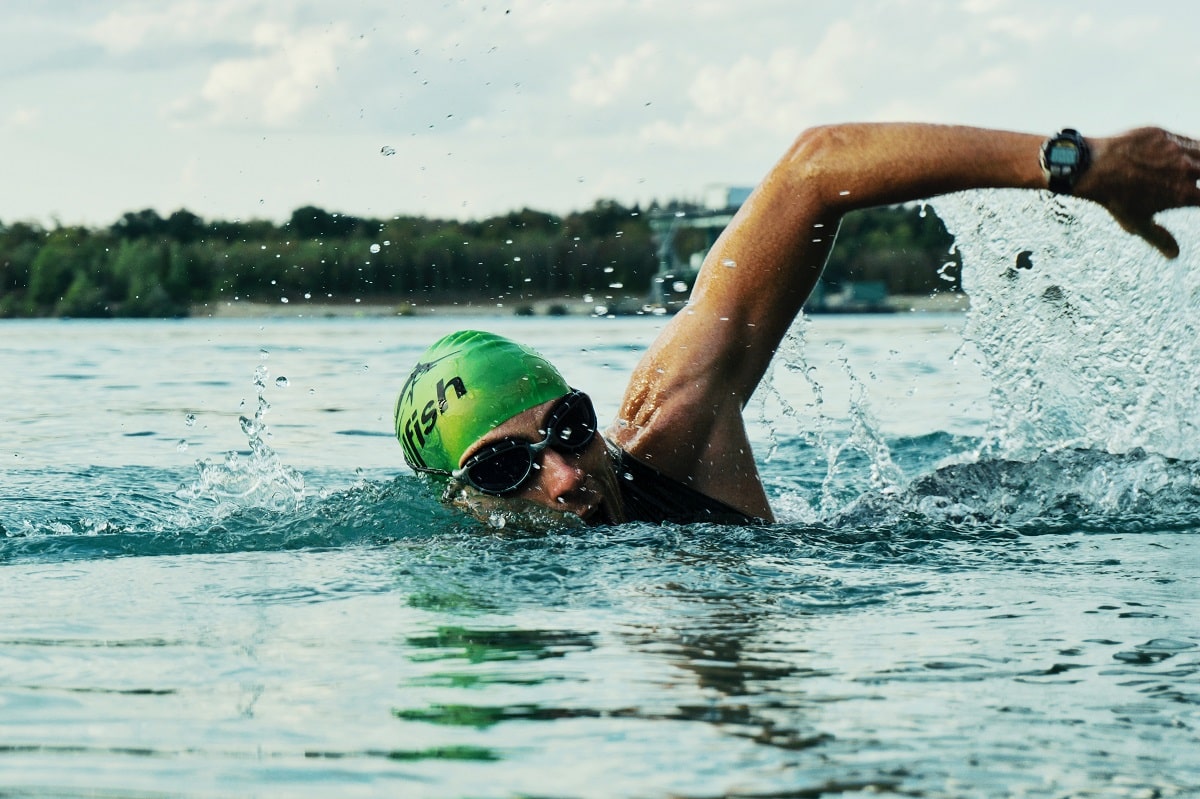
Swimming is a fantastic low-impact exercise that can help strengthen your back and core muscles, providing relief for lower back pain. The natural resistance of the water challenges your body without placing additional strain on your spine, and the varied movements in swimming can be gentler on your back compared to some land-based exercises. However, it’s essential to choose strokes that promote good alignment and avoid techniques that may hyperextend or torque your spine. Let’s explore some of the best swimming strokes for reinforcing your lower back and tips for swimming safely if you’re dealing with back pain.
Backstroke
The backstroke is an excellent swimming stroke for strengthening the back while minimizing lower back pain. In this stroke, swimmers lie on their backs with their faces pointing up, arms extended to the sides, and engage in a synchronized flutter kick of the legs along with alternating strokes of the arms. The backstroke reduces spinal extension and compression compared to other strokes and heavily engages core muscles, including the abdominals and lower back. It’s beginner-friendly, allows easy breathing with the face out of the water, and is easy on the lower back and knees.
Front Crawl (Freestyle)
The front crawl, also known as freestyle, is a popular and efficient stroke for covering distances quickly. This stroke engages both arms and legs simultaneously, promoting a full range of motion in the spine and working core muscles, including the lower back. The continuous movement of the front crawl targets deep abdominal and back muscles that support the spine. When done with proper technique, it can be highly beneficial for reducing lower back pain. However, mastering the front crawl requires practice, coordination, and focused technique.
Breaststroke
The breaststroke involves bringing the arms together in front of the chest, extending them outward, and performing a frog-like kick. When executed correctly, this stroke engages multiple muscle groups, including the lats, upper back, glutes, hamstrings, and inner thighs. The coordinated movement strengthens the muscles surrounding the spine, improving overall stability and encouraging spinal mobility. While breaststroke may be slower compared to other strokes, it provides a low-impact yet effective way to mobilize the back and build core and leg strength.
Tips for Swimming Safely with Lower Back Pain
- Consult a Healthcare Provider: Before starting a swimming routine, consult your healthcare provider to ensure swimming is appropriate for your condition and to receive guidance on strokes to avoid.
- Focus on Form: Pay attention to proper swimming technique. Avoid jerky motions or overextending your back, and focus on controlled, smooth movements.
- Kick from Hips: When kicking, use your hips rather than your knees to avoid unnecessary strain on your lower back.
- Engage Core Muscles: Keep your core engaged throughout your swim to provide support to your spine.
- Gradual Progression: Ease into swimming gradually, and don’t push yourself too hard too soon. Listen to your body and increase intensity over time.
- Vary Your Strokes: Mix different strokes during your swim session to work your back muscles through various ranges of motion for a balanced workout.
- Supplement with Pool Exercises: Use pool noodles or kickboards for stretches or exercises that specifically target your lower back.
By incorporating these tips and choosing the right strokes, swimming can be a gentle yet effective way to strengthen your back and manage lower back pain. If needed, consult a physical therapist or swim instructor for expert guidance on form and modifications tailored to your individual needs. With the right approach, swimming can become a soothing and strengthening activity for a healthier, happier back.


